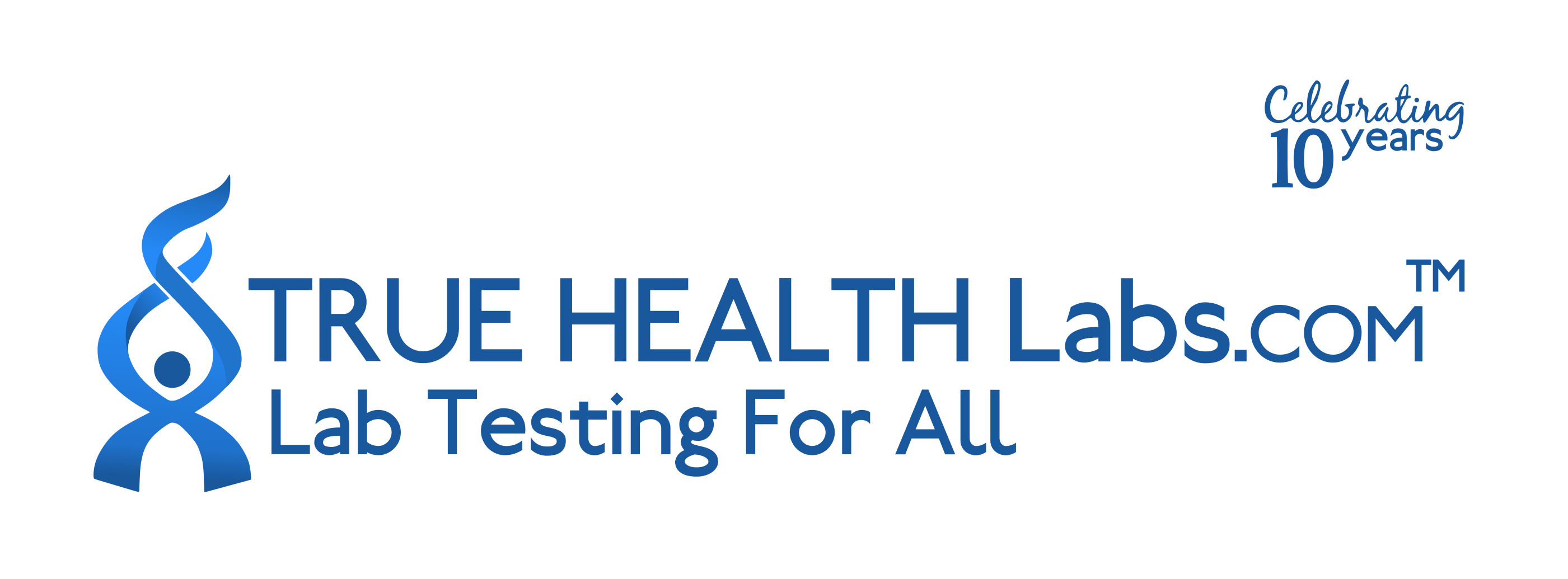Ordering the Toxic Metals Stool Test | Doctor’s Data
The Toxic Metals Stool Test from Doctor’s Data helps identify exposure to harmful metals like lead, mercury, and arsenic that can build up in the digestive system. This test is often used when symptoms such as fatigue, headaches, or digestive changes may be linked to toxic metal exposure. Interestingly, stool testing can sometimes reveal recent or ongoing exposure to metals that may not show up in blood or urine tests, making it a useful tool for tracking environmental or dietary sources.
Ordering this test can help you:
- Detect hidden exposure to metals like cadmium, nickel, and thallium that may not be obvious from symptoms alone
- Monitor the effectiveness of detox or chelation therapies
- Identify possible sources of contamination from food, water, or household products
- Support evaluation of unexplained neurological or digestive symptoms
- Track changes in metal levels over time for ongoing management
Who Should Consider Heavy Metal Exposure Screening
People who have unexplained symptoms such as ongoing tiredness, skin rashes, or changes in mood may benefit from this test, especially if they have a history of exposure to metals at work or home. For example, someone who recently moved into an older house and started experiencing headaches and digestive issues might want to check for lead or mercury exposure.
Ordering this test may also be helpful in these situations:
- Living near industrial areas or sites with known contamination
- Having dental work with metal fillings or recent removal of amalgams
- Eating large amounts of fish or seafood, which can contain mercury
- Children with learning or behavioral changes that are unexplained
- Using imported herbal supplements, as some may contain hidden metals not listed on the label
Testing for toxic metals can help pinpoint the cause of symptoms like memory loss, irritability, or digestive changes by showing if metals are present at higher levels than expected. Delaying this test could mean missing the chance to identify and remove a source of exposure before it leads to more serious problems.
How to Prepare for the Test
No fasting is needed before collecting your stool sample for this test, so you can eat and drink as usual. Always follow any instructions your doctor or healthcare provider gives you to make sure your sample is collected and shipped correctly for the best results.
Labs Included When Ordering Your Toxic Metals Stool Test | Doctor’s Data
| Test Name | Reference Range | Significance | Low and High Levels of Toxic Metals Stool Test |
|---|---|---|---|
| Toxic Metals | |||
| Antimony | 0–0.5 | Antimony is used in batteries, flame retardants, and some plastics. High levels may indicate environmental or occupational exposure. |
High levels mean possible exposure from industrial sources or contaminated products.
Low levels mean minimal or no recent exposure. |
| Arsenic | 0–15 | Arsenic is found in contaminated water, rice, and seafood. It can cause skin, nerve, and digestive problems if levels are high. |
High levels mean recent or ongoing exposure, often from water or food.
Low levels mean little to no exposure. |
| Beryllium | 0–0.2 | Beryllium is used in electronics and aerospace. Exposure can cause lung and skin problems. |
High levels mean possible contact with industrial dust or fumes.
Low levels mean no significant exposure. |
| Bismuth | 0–1.0 | Bismuth is found in some medicines and cosmetics. High levels may cause digestive upset or kidney issues. |
High levels mean overuse of bismuth-containing products.
Low levels mean no recent exposure. |
| Cadmium | 0–1.0 | Cadmium is found in batteries, tobacco smoke, and some foods. It can harm kidneys and bones if levels are high. |
High levels mean exposure from smoking, contaminated food, or industrial sources.
Low levels mean little or no exposure. |
| Cesium | 0–1.0 | Cesium is a rare metal found in some industrial settings. High levels may indicate environmental contamination. |
High levels mean possible exposure from contaminated soil or water.
Low levels mean no significant exposure. |
| Copper | 10–60 | Copper is needed for health but too much can cause stomach pain and liver problems. It is found in pipes, supplements, and some foods. |
High levels mean possible overexposure from water pipes or supplements.
Low levels mean possible deficiency or poor absorption. |
| Gadolinium | 0–0.5 | Gadolinium is used in MRI contrast agents. High levels may occur after certain medical imaging tests. |
High levels mean recent MRI with contrast or accidental exposure.
Low levels mean no recent exposure. |
| Lead | 0–5 | Lead is a toxic metal found in old paint, pipes, and some imported goods. It can cause nerve, kidney, and developmental problems. |
High levels mean exposure from old paint, water, or contaminated products.
Low levels mean no significant exposure. |
| Manganese | 0–10 | Manganese is needed in small amounts but too much can affect the nervous system. It is found in water, food, and some supplements. |
High levels mean overexposure from water or supplements.
Low levels mean possible deficiency. |
| Mercury | 0–5 | Mercury is found in fish, dental fillings, and some thermometers. High levels can cause nerve, kidney, and digestive problems. |
High levels mean exposure from seafood, dental work, or broken devices.
Low levels mean no significant exposure. |
| Nickel | 0–5 | Nickel is used in coins, jewelry, and some foods. High levels can cause skin rashes and digestive upset. |
High levels mean exposure from jewelry, coins, or contaminated food.
Low levels mean no significant exposure. |
| Platinum | 0–0.5 | Platinum is used in medical devices and jewelry. High levels may indicate exposure from implants or industrial sources. |
High levels mean exposure from medical devices or industrial settings.
Low levels mean no significant exposure. |
| Thallium | 0–0.5 | Thallium is a highly toxic metal found in some pesticides and electronics. High levels can cause nerve and digestive problems. |
High levels mean exposure from contaminated products or industrial sources.
Low levels mean no significant exposure. |
| Tungsten | 0–0.5 | Tungsten is used in light bulbs and electronics. High levels may indicate environmental or occupational exposure. |
High levels mean exposure from industrial sources or contaminated water.
Low levels mean no significant exposure. |
| Uranium | 0–0.1 | Uranium is a radioactive metal found in some rocks and water. High levels can affect the kidneys and bones. |
High levels mean exposure from contaminated water or soil.
Low levels mean no significant exposure. |
Reference ranges may change slightly as labs update their methods and guidelines.
Toxic Metals Stool Test FAQ
Is there Toxic Metals Stool Test testing near me?
This is a home test kit, so you can collect your stool sample at home and use the provided shipping materials to send it to the lab. If you have symptoms like fatigue or digestive changes and need quick answers, being able to order and collect the sample locally makes the process much easier and faster.
How do I interpret the test results?
While your treating physician should review your results, you can also use our one-on-one test results review service with our clinical team for a detailed explanation and next steps.
What is the cost of the test?
The price you see includes standard shipping to your address and return shipping to the lab, but local draw fees may apply. Ordering this test can help you find out if toxic metals are causing symptoms like headaches or skin rashes, so you can start feeling better sooner.
How often should I retest?
Retesting is usually recommended every 3 to 6 months if you are monitoring exposure or following a detox plan. Regular testing helps track changes in metal levels and shows if your efforts to reduce exposure are working.
How accurate is the test?
This test uses ICP-MS (Inductively Coupled Plasma Mass Spectrometry), which is highly sensitive and specific for detecting metals in stool samples, with a specificity of 98% and sensitivity of 97%. TrueHealthLabs.com partners with CLIA-certified and CAP-certified laboratories to uphold rigorous testing standards for dependable results.
Important Notes
- This kit cannot be mailed or collected in New York State.
Medical Review Board
Reviewed by Jeff Donohue M.D. from Body Logic and Brady Hurst DC, CCCN. Written by True Health Lab’s team of editorial health contributors.
Disclaimer: This information is for educational purposes only and not intended as medical advice. Consult your healthcare provider for personalized guidance.
Why Customers Trust True Health Labs - What People are saying
Also rated 4.6 out of 5 based on 3452 ShopperApproved reviews- See all TrueHealthLabs.com reviews.







